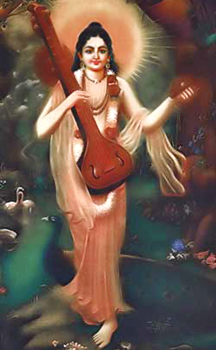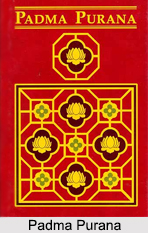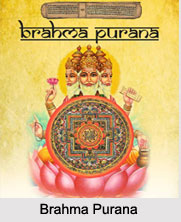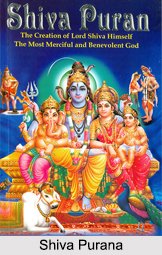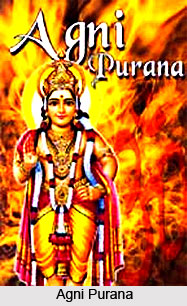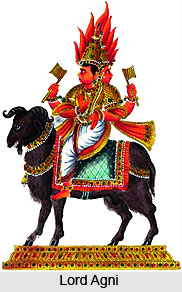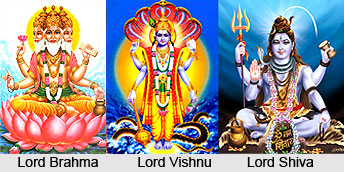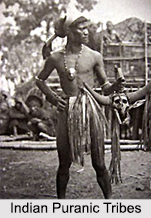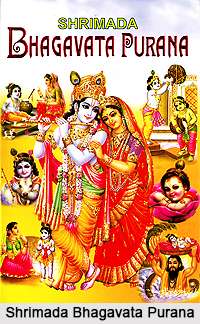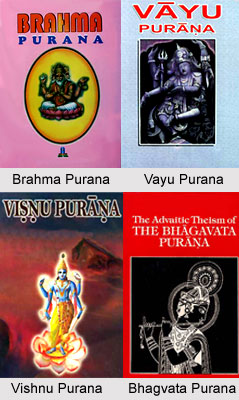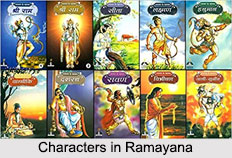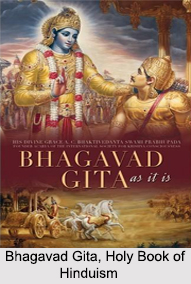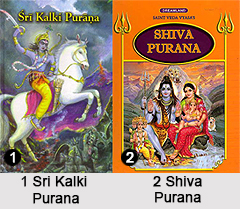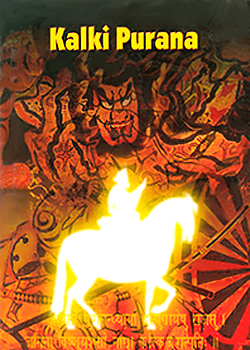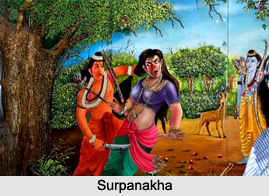According to Hindu mythology, Kinnaras are heavenly musicians, the followers of Kubera. They have human bodies and horse-heads. Kinnaras are either the sons of sage Kasyapa or originated from the toe of Brahma. Kinnaras are often identified with Kimpurushas, whose appearance is exact opposite and who are the followers of Kubera. The Kinnaras are male while their female counterpart is known as Kinnari.
Kinnaras were mysteriously linked with the horses as Puranas mention them as horse-headed beings that were half-horse and half human. The epic Mahabharata and Puranas describe the regions north to Himalayas as the abode of Kinnaras. In other epics they are referred to as subgroup of Gandharvas.
According to Hindu and Budhhist mythologies the Kinnaras are eternal lovers, and celestial musicians. The Kinnaras are described as human features with bird-like wings. In the `Adi Parva` of Mahabharata the Kinnaras are narrated in a vivid way as everlasting lovers and beloved. Kinnaras and Kinnaris are never separated, they are eternal husband and wife and they never become father and mother. No offspring ever comes in their lap. They are lover and beloved ever embracing. In between them they do not allow any third creature demanding their affection. Their life is full of everlasting pleasure.
In many Budhhist texts the Kinnaras are mentioned, including the Lotus Sutra. In Southeast Asian mythology, Kinnaris, the female counterpart of Kinnaras are narrated as half woman, half bird creatures. They have the head, torso and arms of woman and the wing, tail and feet of a swan. The Kinnaris are famous for their song, dance and poetry and are the symbol of eternal feminine beauty.


